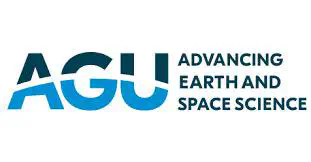Integrated Modeling Assessment of Sea Level Rise Impacts on Groundwater and Water Infrastructure in an Urban Coastal Environment
 Image credit: AGU
Image credit: AGUAbstract
Due to climate change, many coastal communities in humid environments face increased rainfall and sea level rise (SLR). In urbanized areas, the associated rise in groundwater levels can pose an increased challenge to wastewater systems vulnerable to infiltration and inflow (I&I) of shallow groundwater into leaky pipes. Communities that struggle to manage increases in I&I face the risk of higher sewer utility bills, health challenges, and sewer overflow incidents. One obstacle they face in preparing for these climate change threats is the lack of robust representation of urban infrastructure in groundwater models and the failure of urban hydrology models to capture the complexities of variable density groundwater flow needed to represent coastal hydrogeology. To bridge this gap, we are developing an integrated suite of models that can comprehensively represent the interactions between groundwater, stormwater, and wastewater systems in these communities. More specifically, we have coupled the USGS MODFLOW6 groundwater flow model and the EPA’s Stormwater Management Model (SWMM) to analyze the two-way interactions between groundwater and water infrastructure. Here, we use this coupled model to explore how future sea-level rise and precipitation conditions may impact groundwater and water infrastructure in a representative coastal community (Bowers Beach, Delaware). This work provides a crucial foundation for stakeholders to understand what water infrastructure improvements may be necessary in order to deal with future climate conditions.